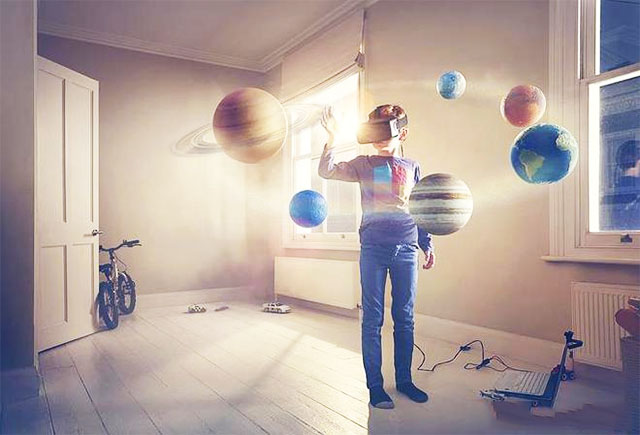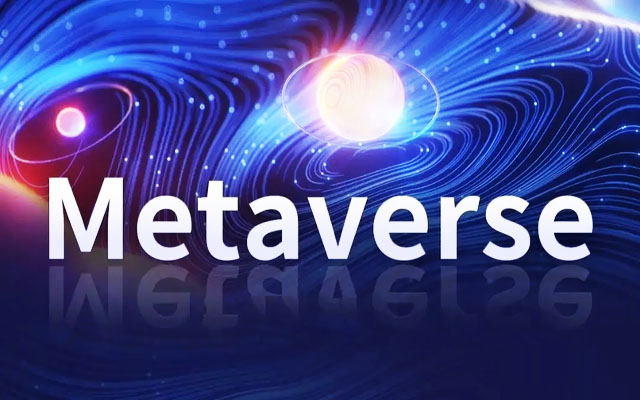By Anna Belova, Founder and CEO of DEVAR, a Phygital company. Forbes 30 Under 30, Forbes Business Council Board Member, tech entrepreneur, AR and metaverse expert.
BlackRock, one of the world's leading investment and risk management firms, recently published an article titled "Metaverse: Investing in the Future Now," comparing the current state of the metaverse to the Internet in the early 1990s and smartphones in the early 2000s, highlighting the potential for this virtual space to transform people's daily lives.
It is surprising that such an article has not appeared until now. After all, much has been said and discussed about the metaverse in the past year and a half. Why are big investors like BlackRock interested in the metaverse again?
There's a reason: interest in the metaverse is booming. Gartner predicts that by 2026, 25% of people will spend at least an hour a day in the metaverse. It looks set to become a highly profitable market, with a potential value of at least $800 billion by 2024. Companies are very aggressive and don't want to miss this opportunity.

With the popularity of XR / AR technology, I think it paves the way for new approaches to marketing and advertising. In this article, I want to explore the marketing opportunities presented by developments in this area and the tools that marketing may soon have in the metaverse era.
From browser-based websites to immersive metaverse websites
If we continue on this trajectory, metaverse sites will look very different from what we know now - existing outside the boundaries of the browser. Instead, they will be accessed through physical products with NFT tags or QR codes that can be experienced in AR or VR.
The concept of the site itself is changing, and I see users looking more inside the site, not just through the browser. It's like being in the animated film Wreck-It Ralph. This opens up unlimited potential for creativity and experimentation and ways to fully immerse the user in the brand's atmosphere and message.
I believe marketers will be able to see more behavioral patterns in how customers visit the site. This means that the options for interacting with customers will become much more exhaustive. I suggest you play around with the options currently being developed in the meta-universe in order to start this brand immersion for your clients and customers and be part of an evolving field.
Use impressions and storytelling
Marketing in the metaverse is not just about appealing to emotions. I believe it will be about creating lasting impressions: the quest for uniqueness and memorability. The brands that can deliver the most emotional impact will ultimately succeed. In a meta-universe, utility, functionality and practicality will be less important.
So, you may ask, what's important? It's simple: storytelling. After all, the age of metaverse will give users the opportunity to not just experience the emotions of the protagonist, but to become the protagonist. Rather than the viewing experience, I think it allows them to more fully embody the experience.
Robert McKee's book The Economics of Storytelling provides a great description of storytelling in marketing and how to get users emotionally invested in a brand's story and repeat the experience. However, in the metaverse, I see the potential for users to live the experience immediately.
E-commerce in the form of metaverse
The possibilities of the metaverse will allow you to build a storefront that takes into account all the advantages of the impression economy. These stores can be personalized according to the needs and interests of the user, for example, their preferences and likes on social networks.
Or a brand ambassador could meet customers in-store. I imagine a celebrity communicating with you in the form of a hologram or digital body. The store could also be customized to the user's other preferences (e.g., colors). This immersive feeling promised by the metaverse could result in a giant dragon appearing next to one shopper and a unicorn next to another.
Social networks and beyond
Recently, social networks have become more brand-driven, and users are no longer passive observers. They are now immersed in content, creating a new level of engagement. Content has evolved from basic photos to face filters on platforms like Instagram and TikTok, and we are now seeing augmented reality content evolve on these platforms as well. Through these platforms, users can showcase their digital shopping, clothing and NFT.
I see it only evolving more immersive. For example, do you want to share your vacation? Great, invite your friends to walk around the island with you on vacation. Discover a new sport for yourself? Play it with your friends.




Comments9